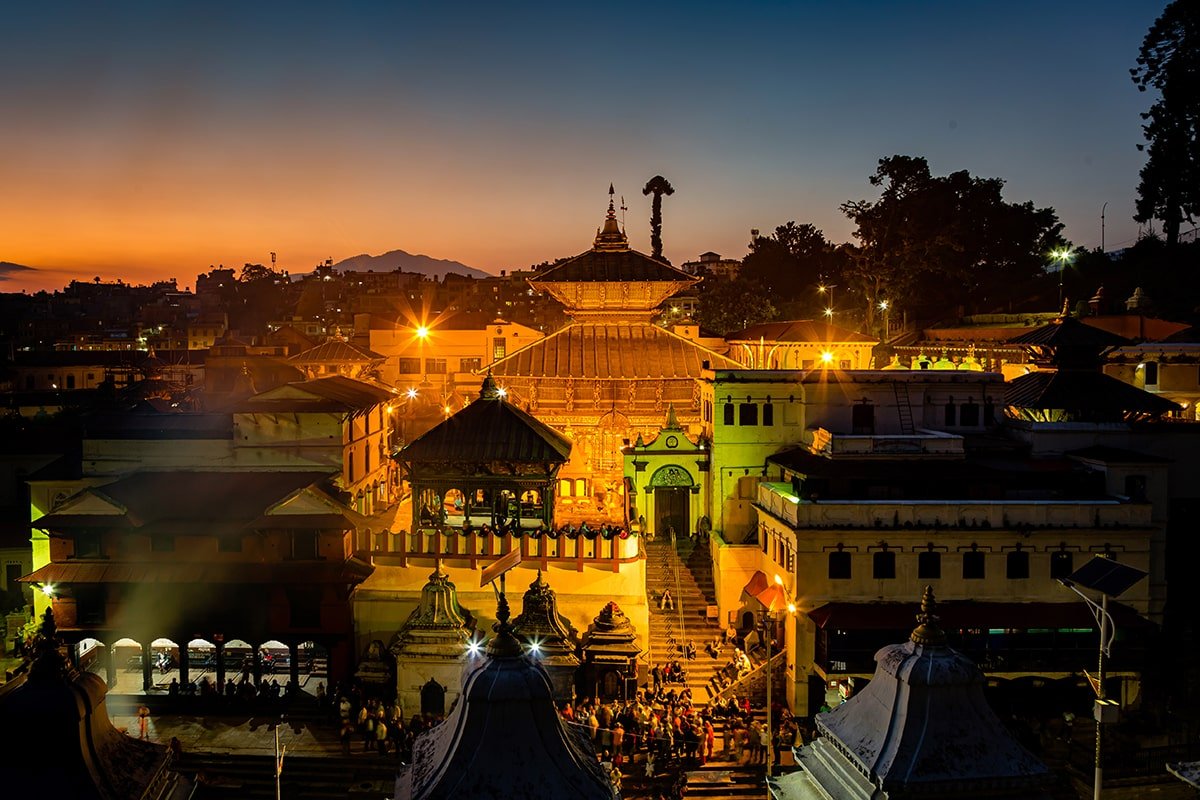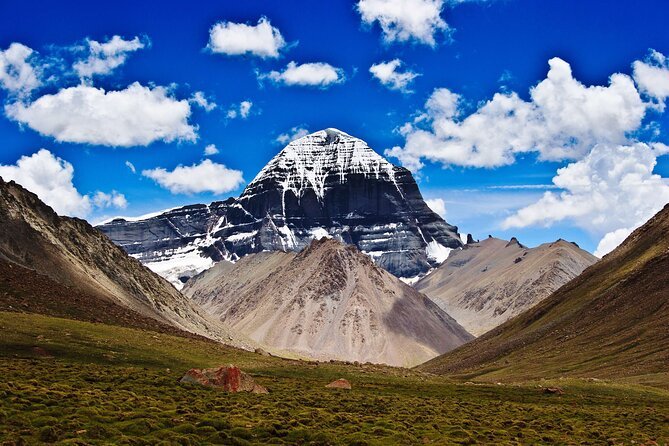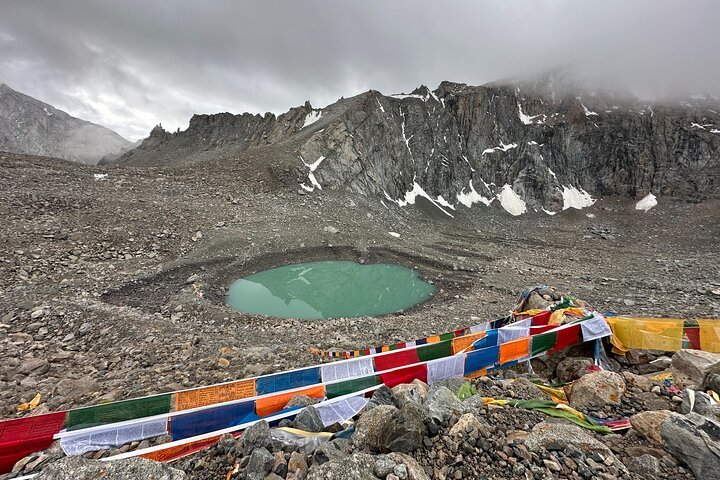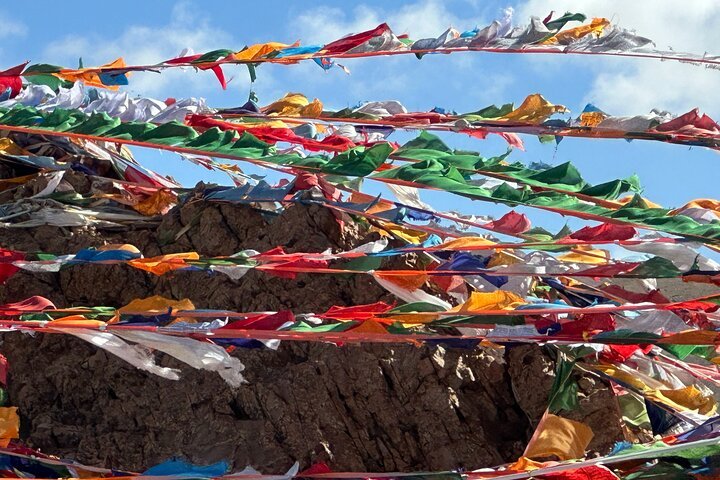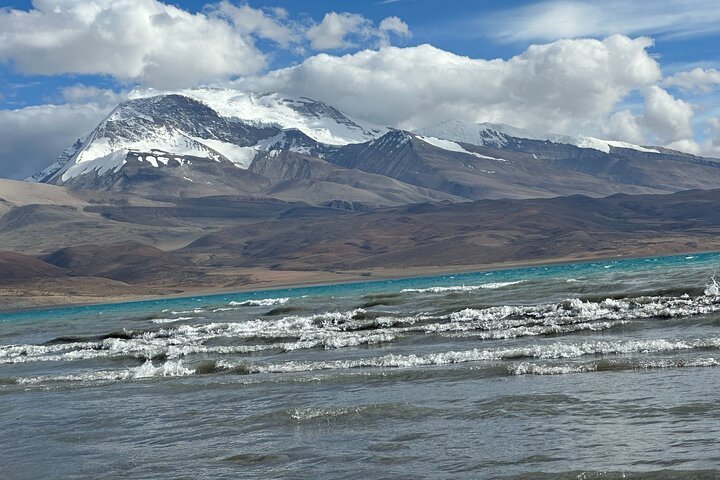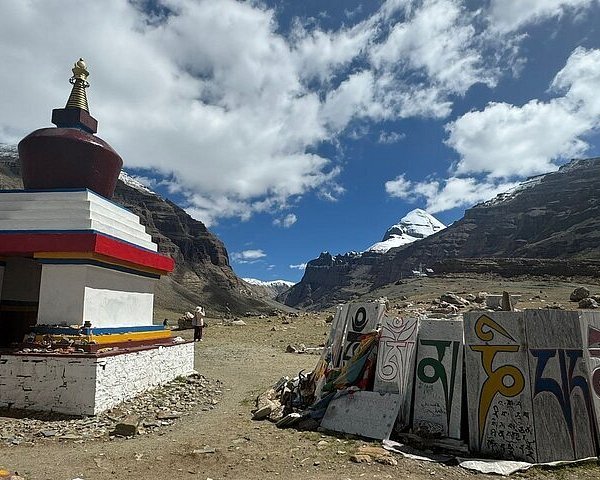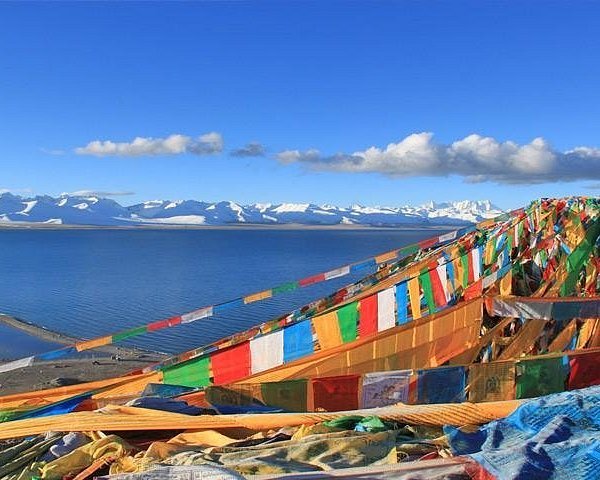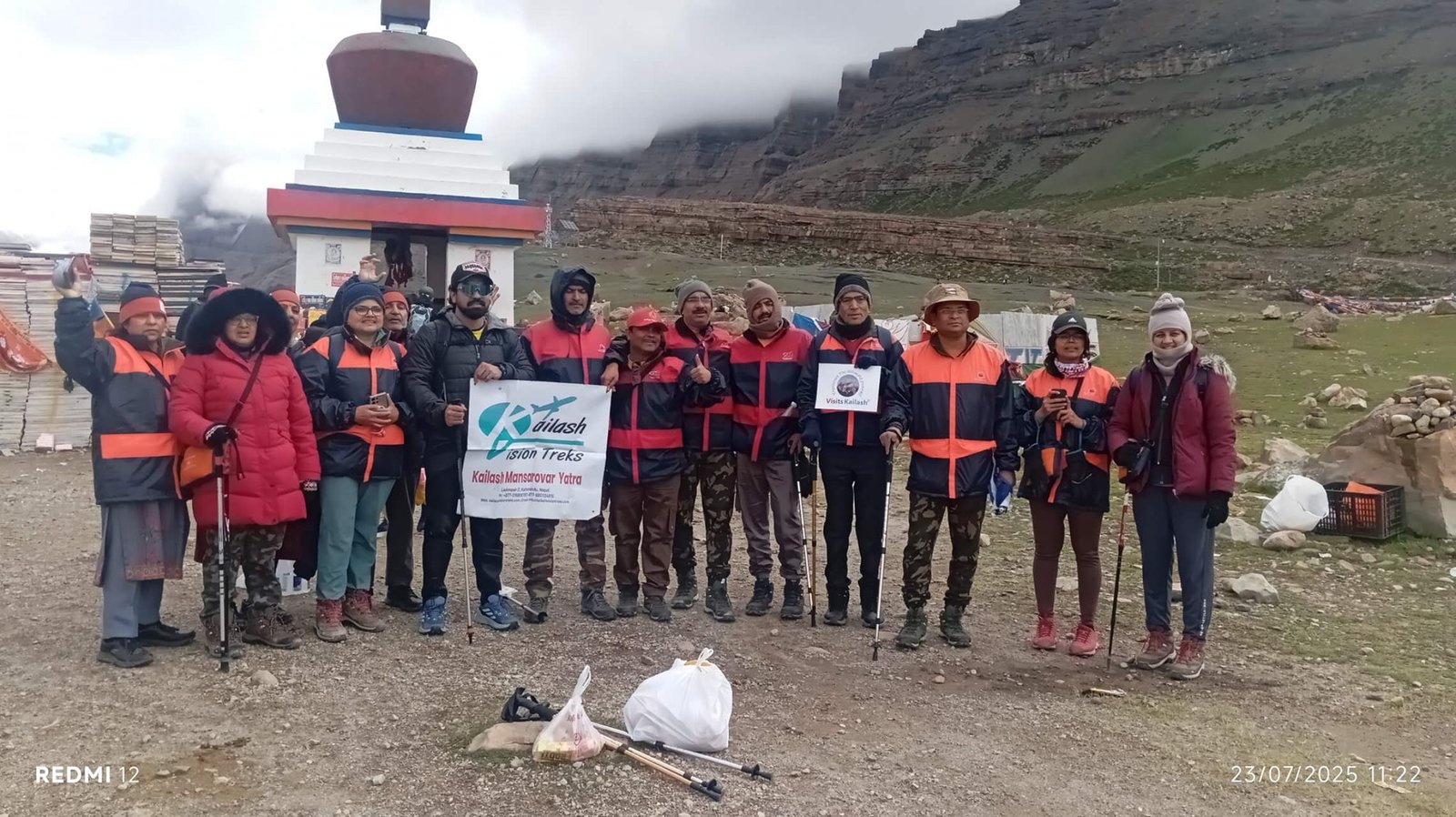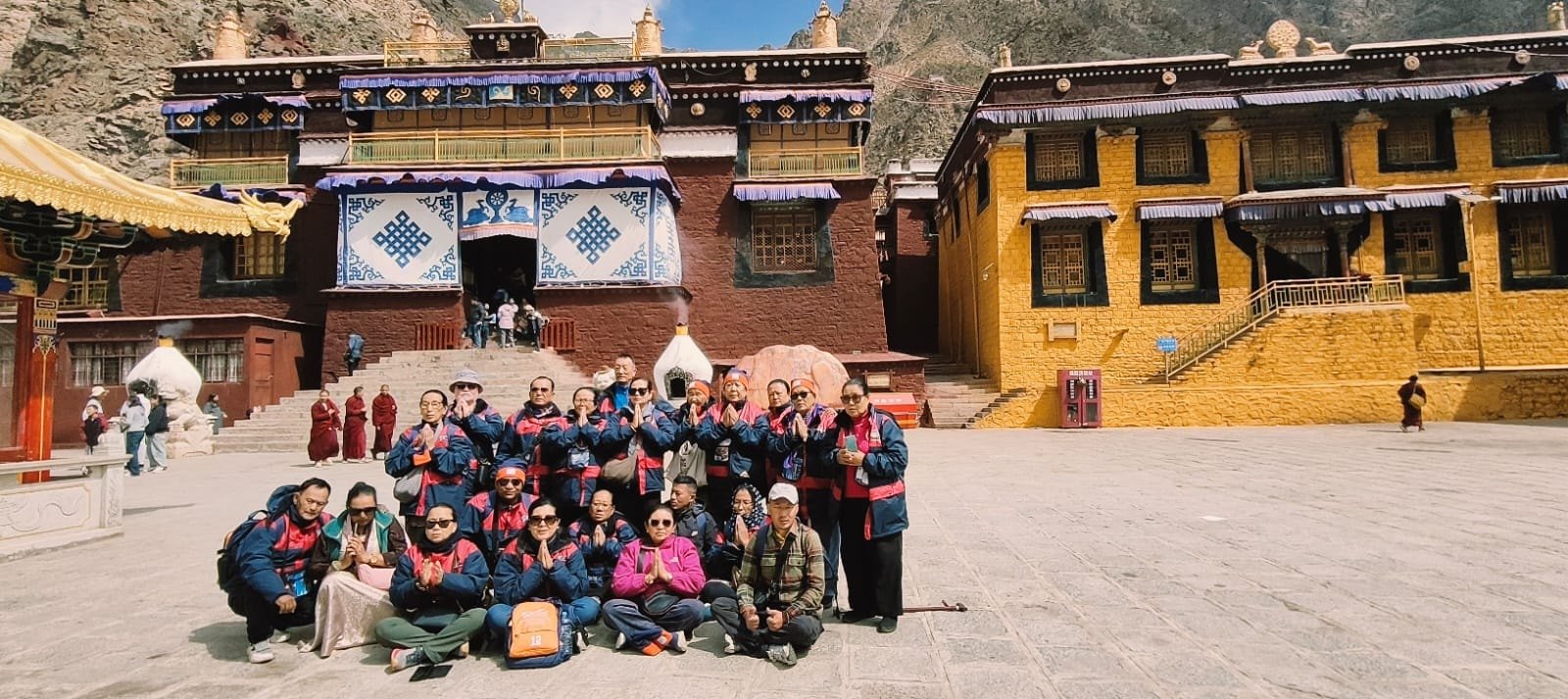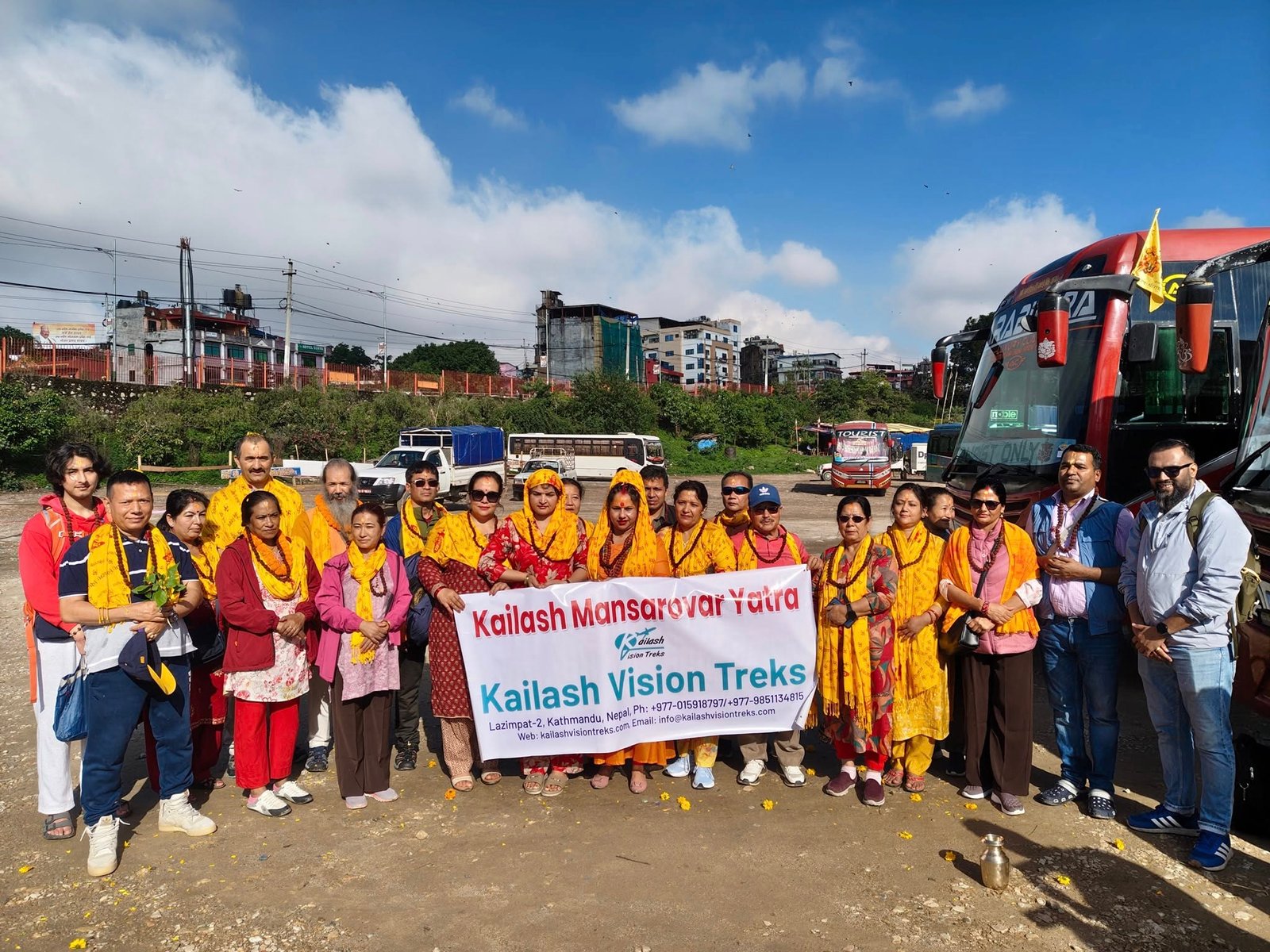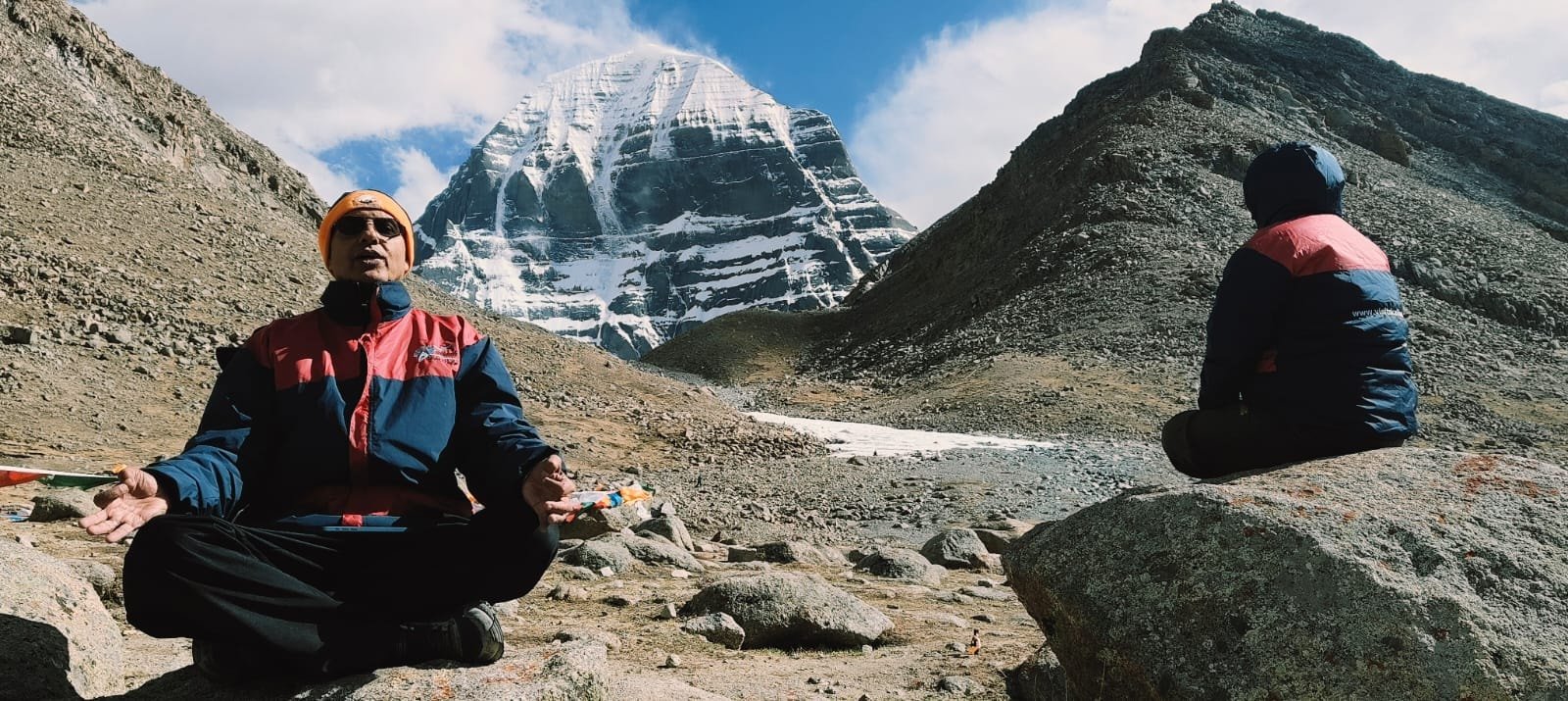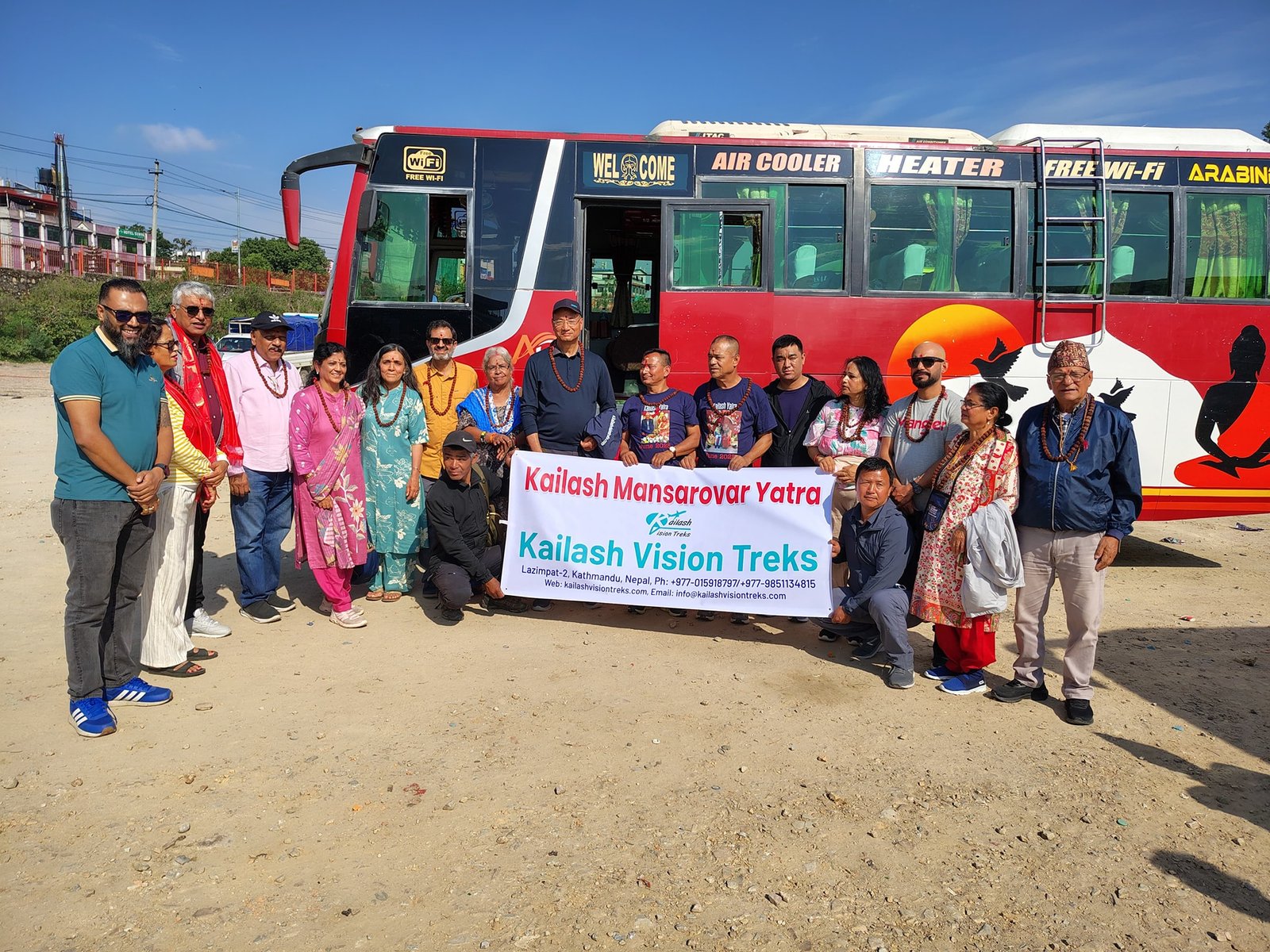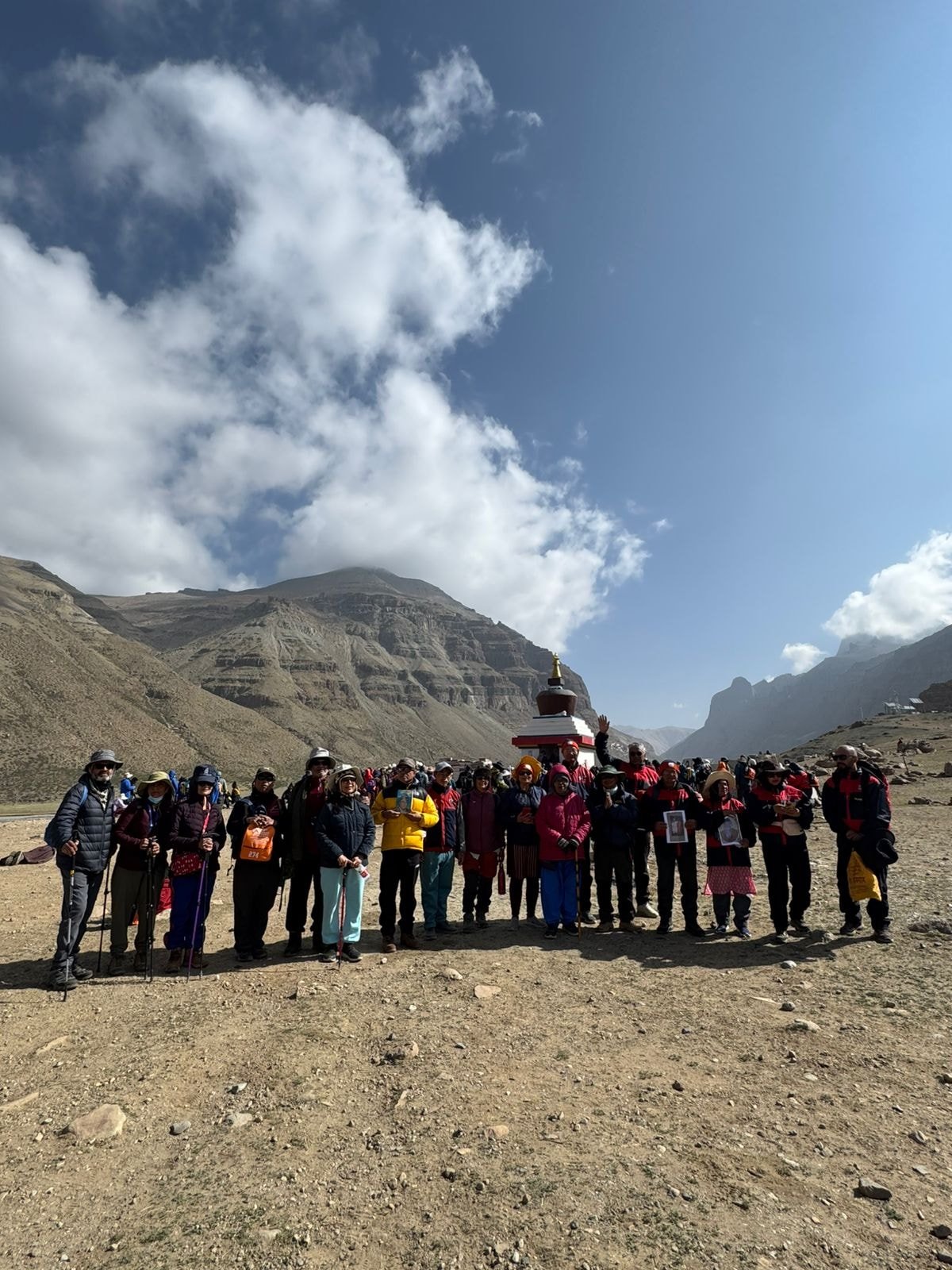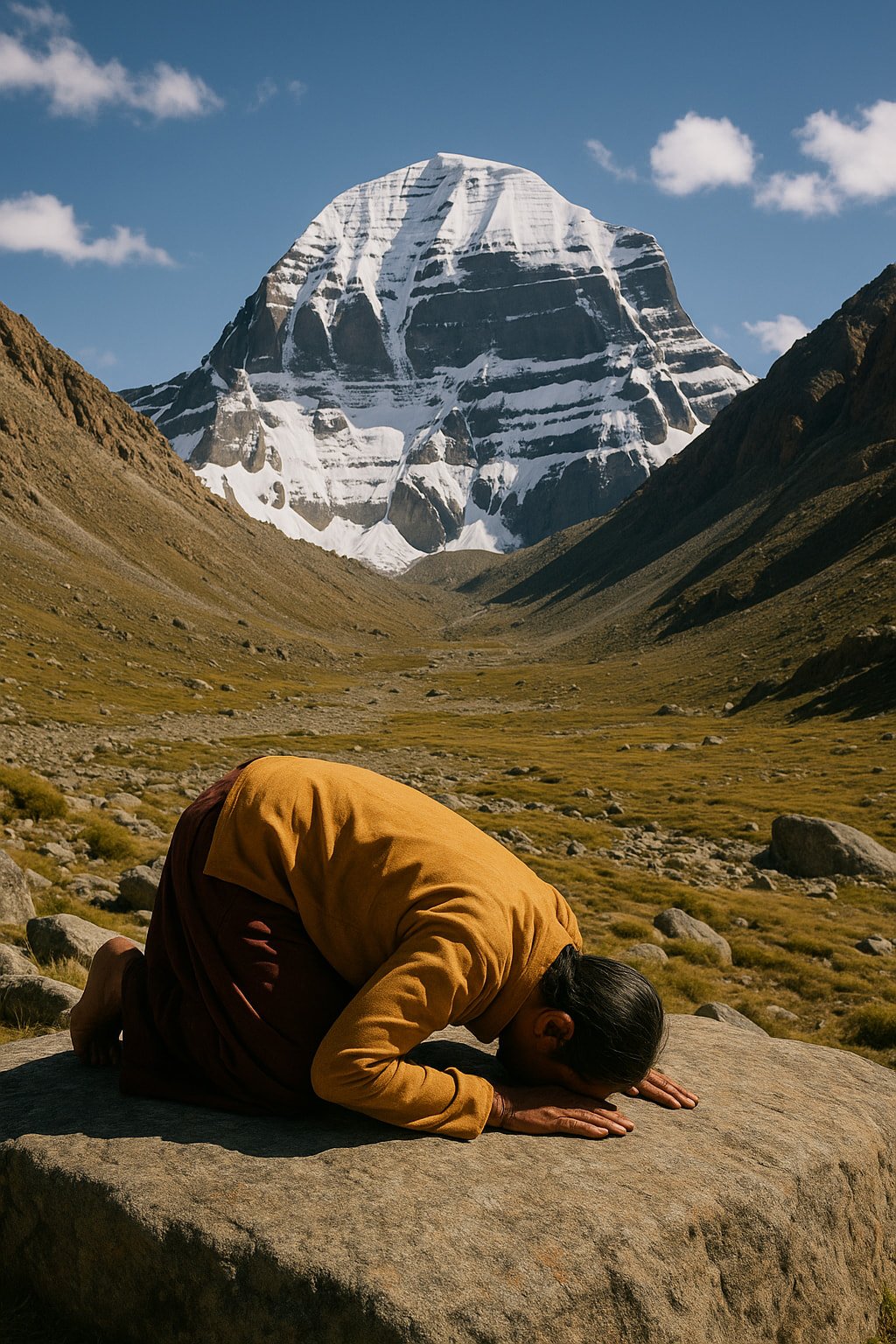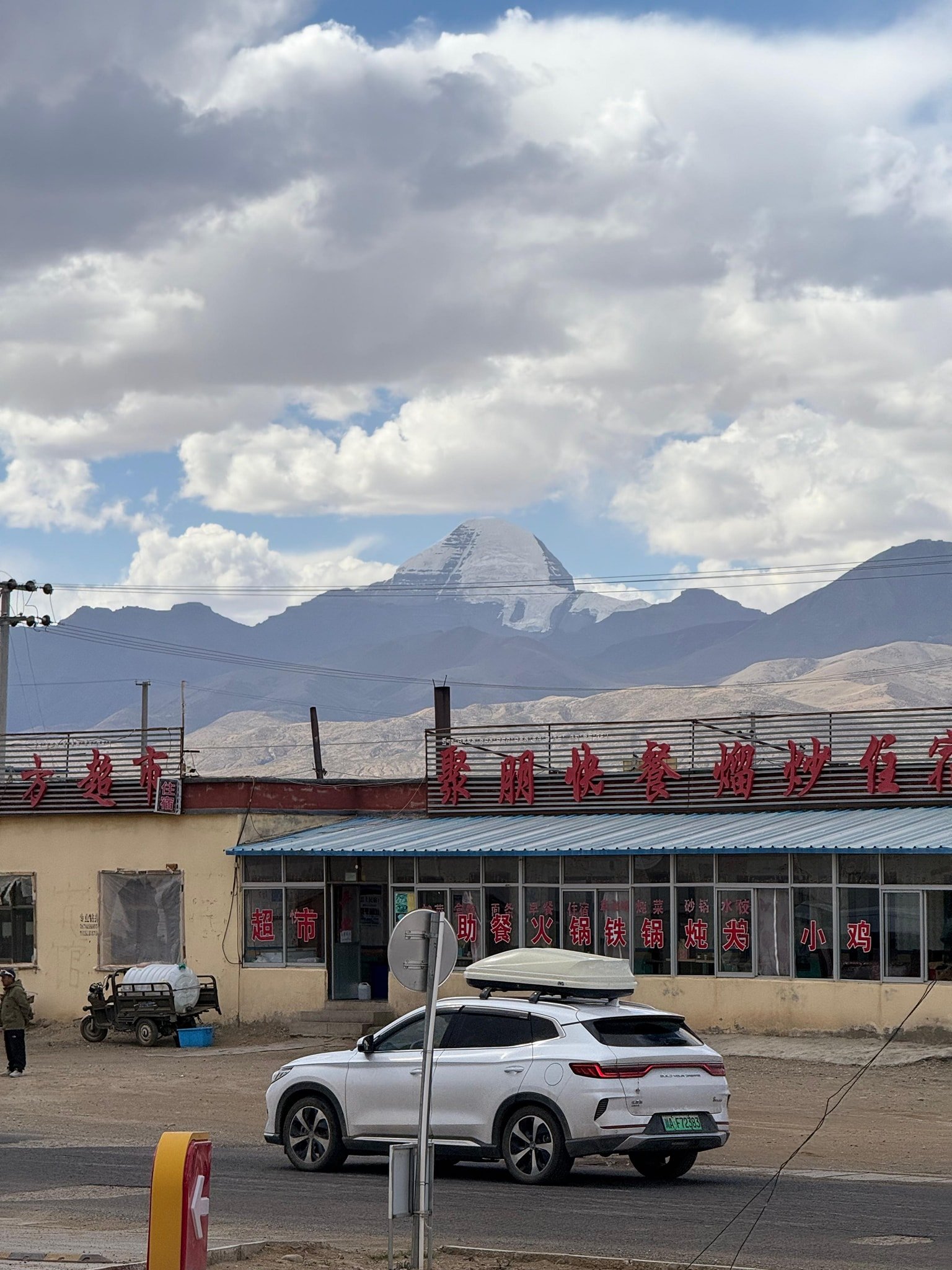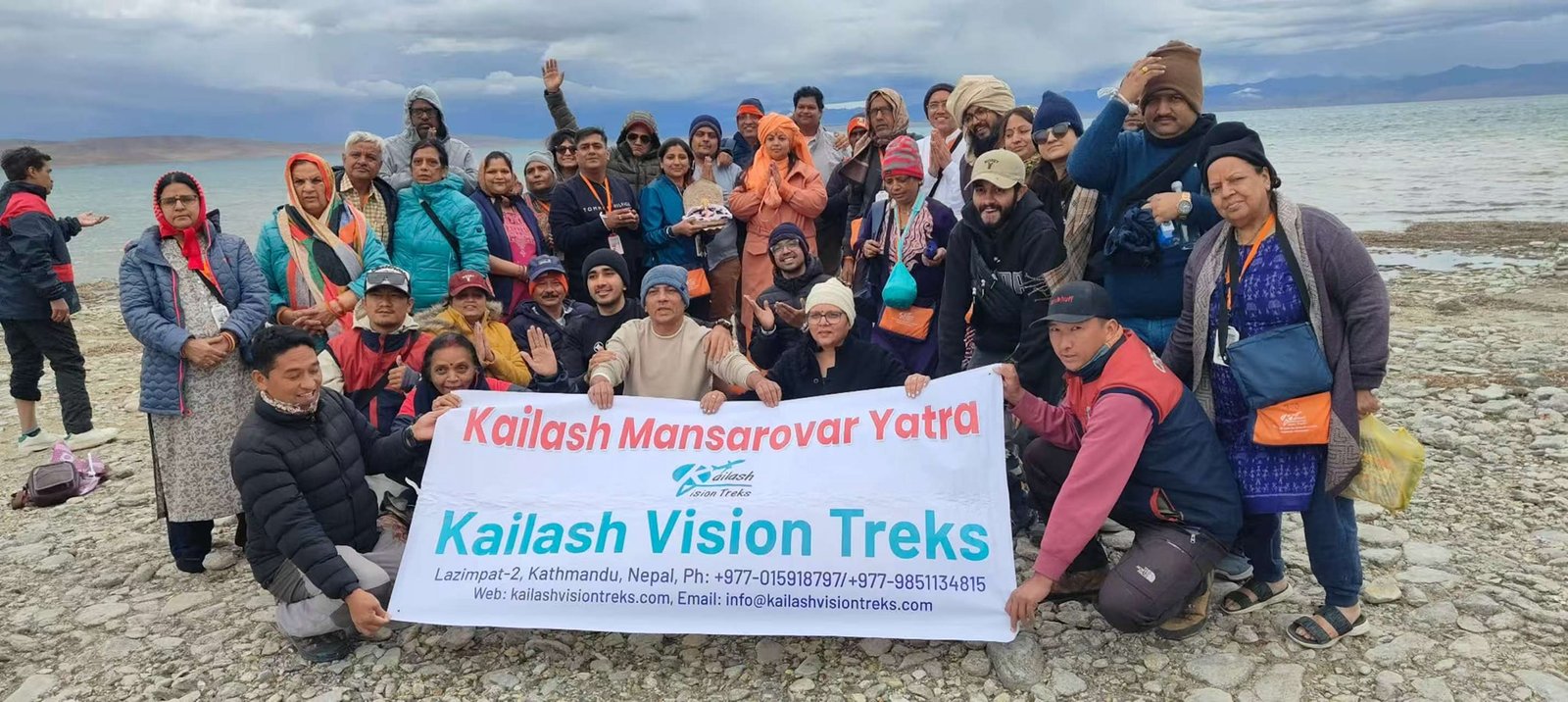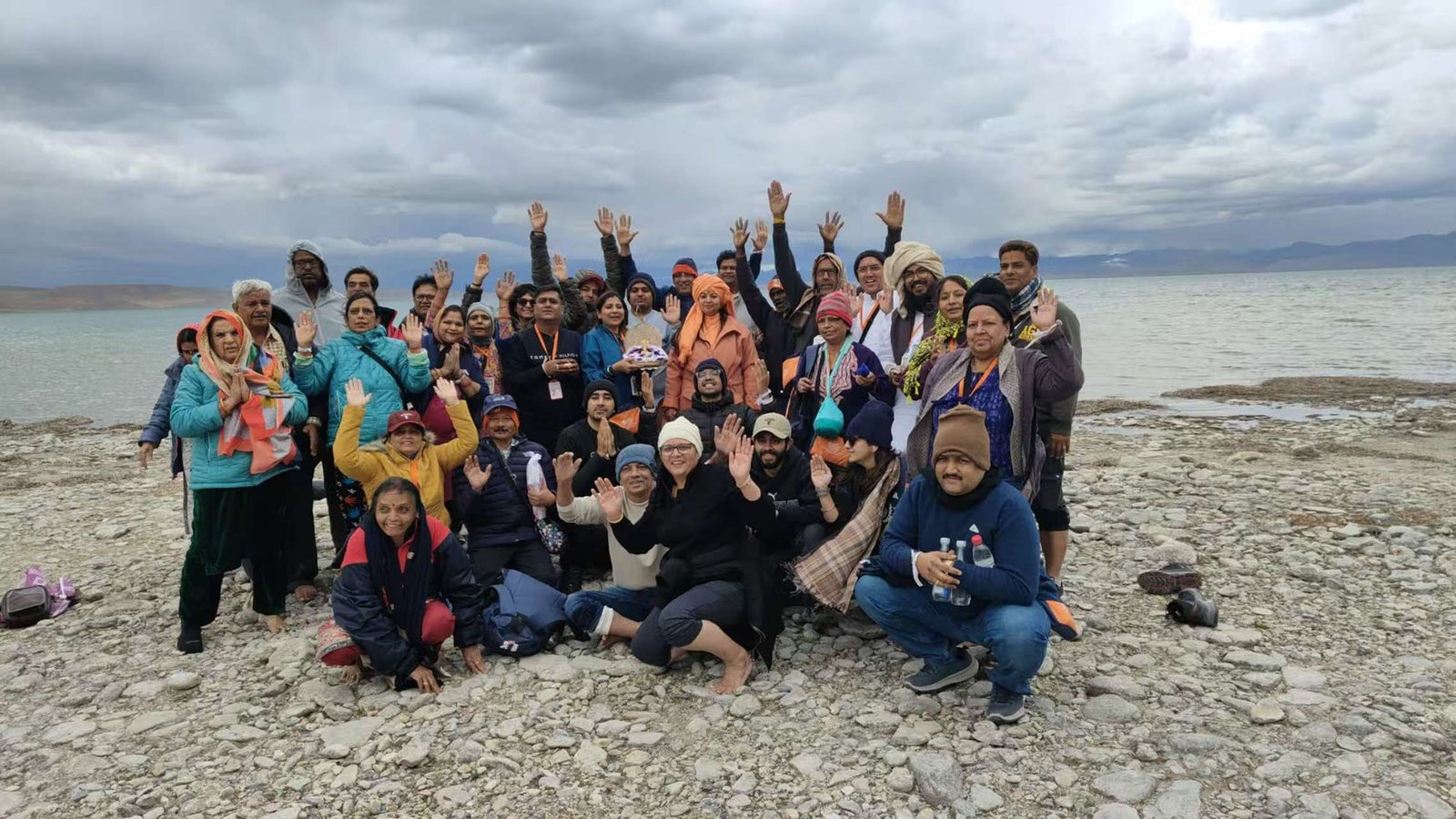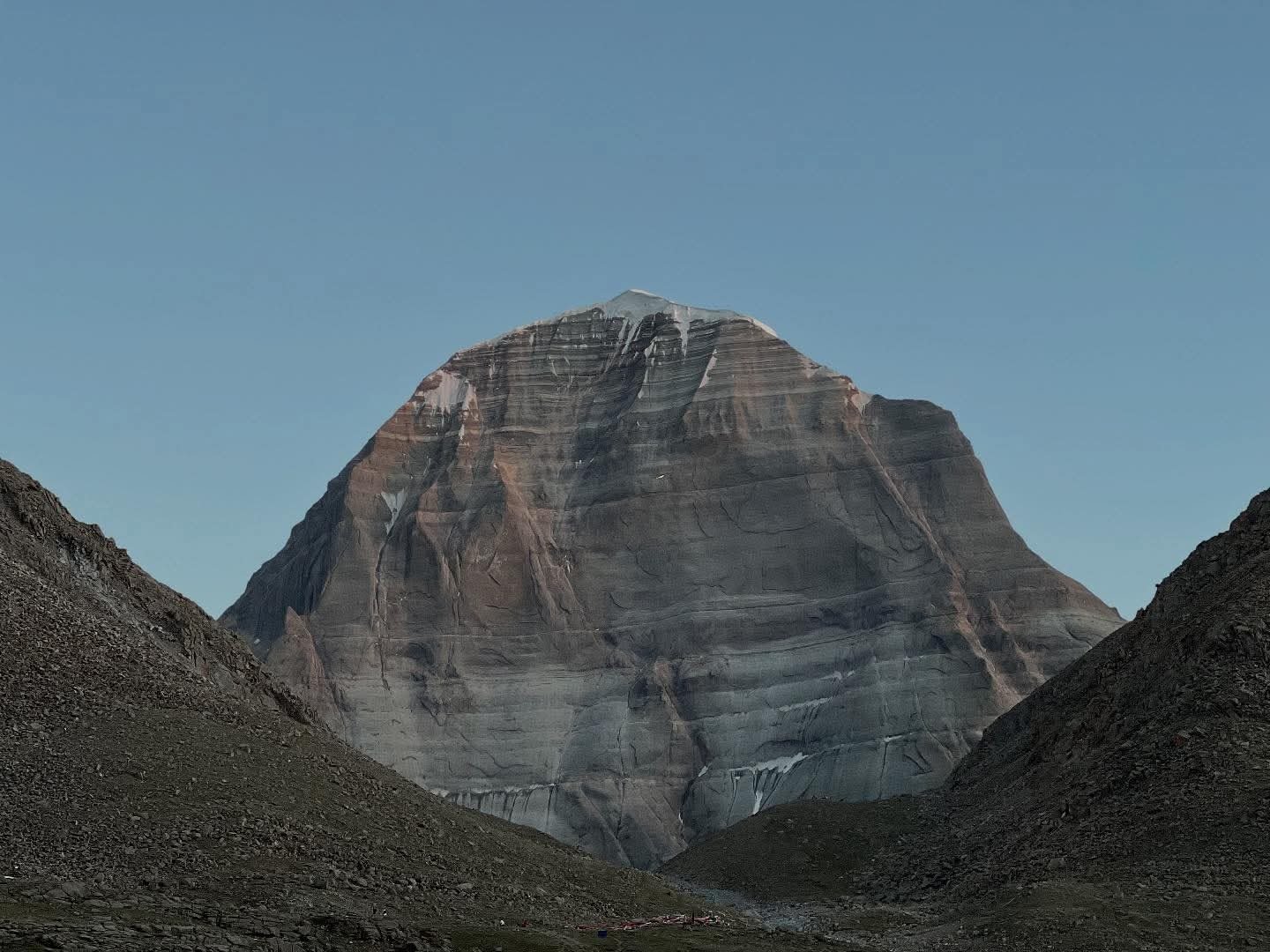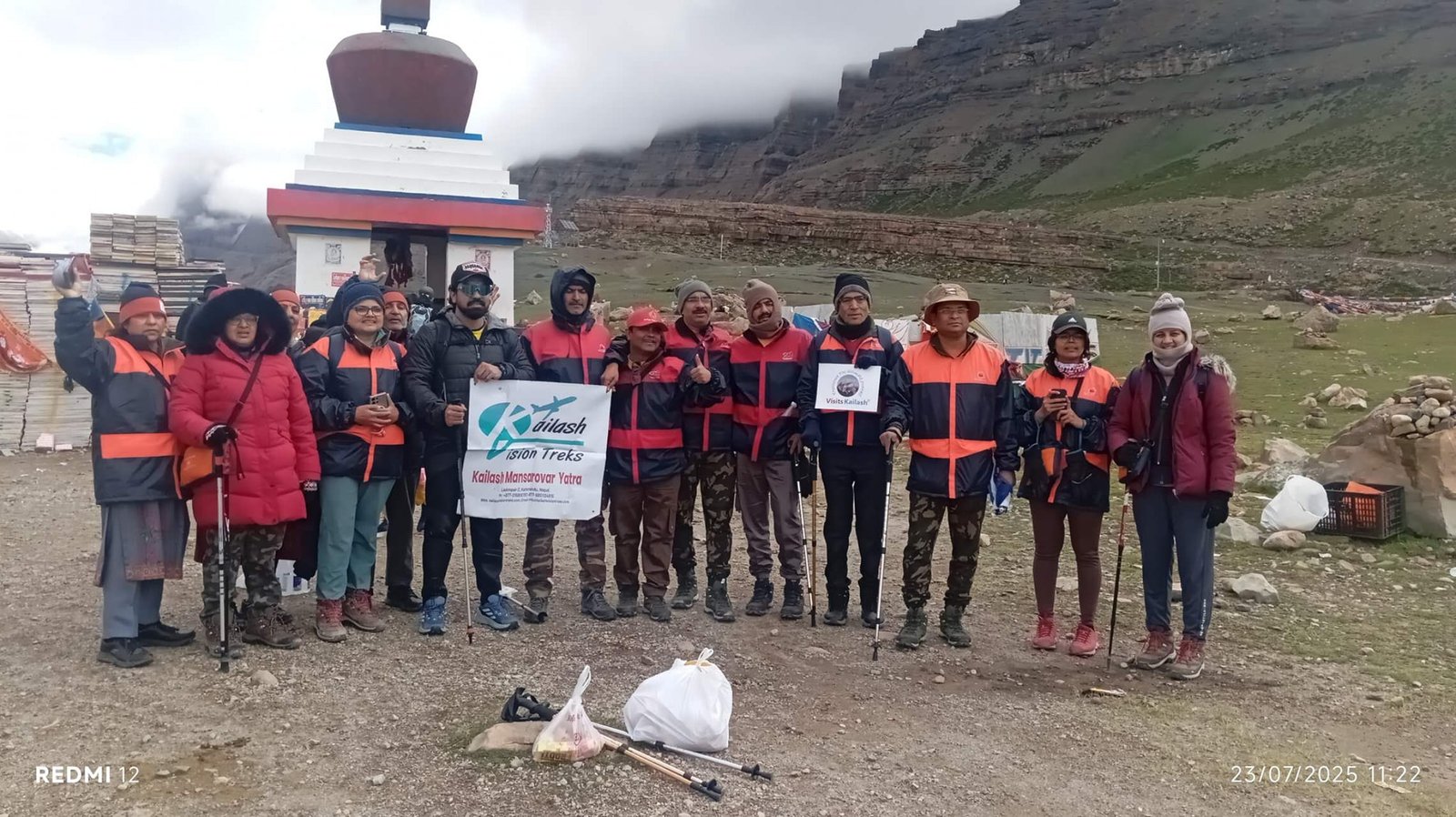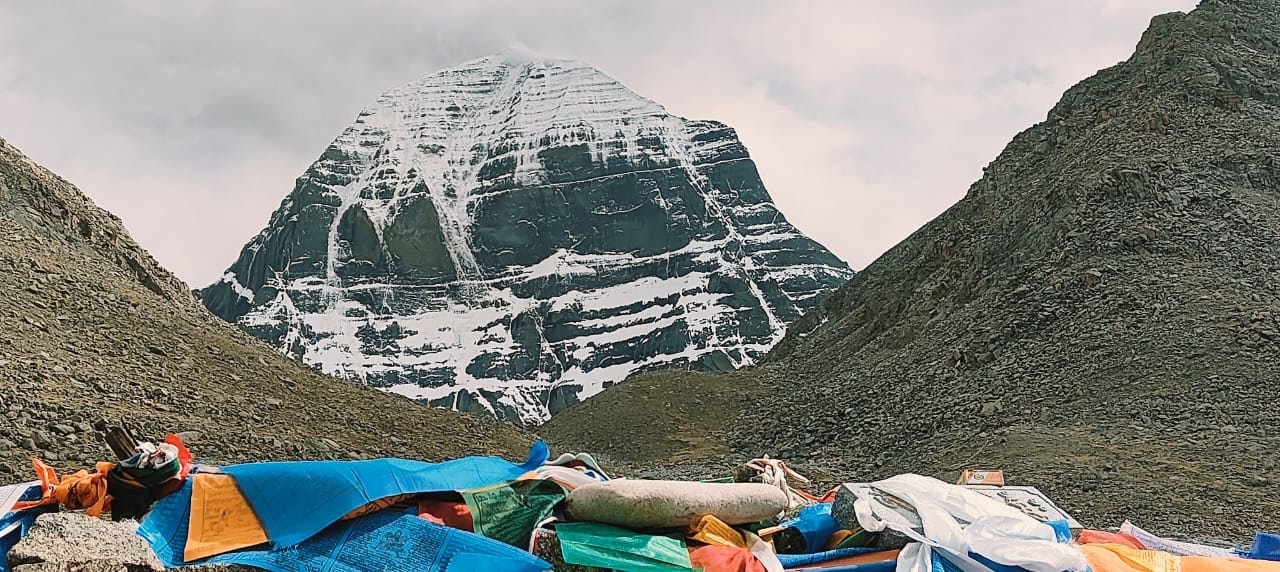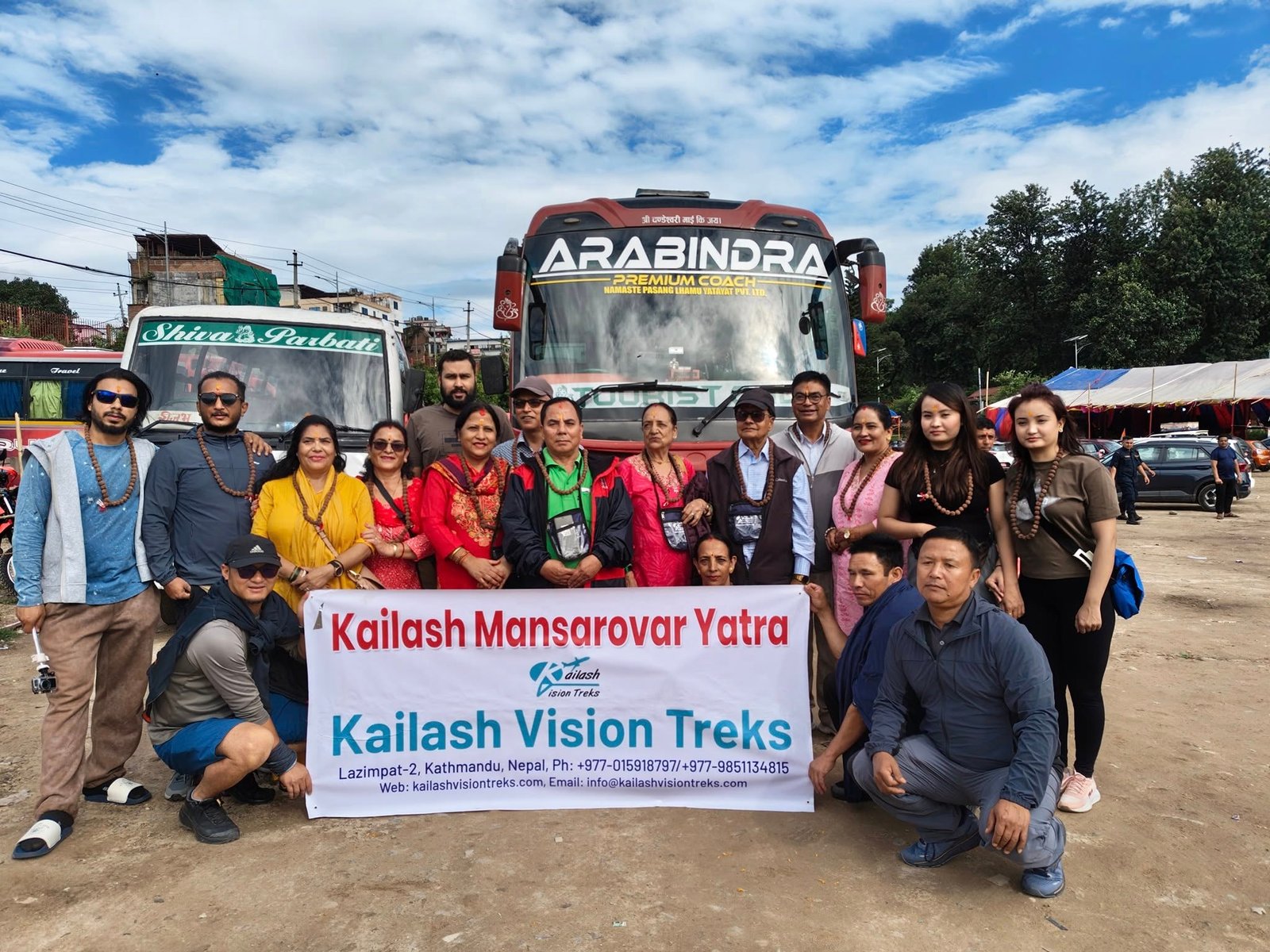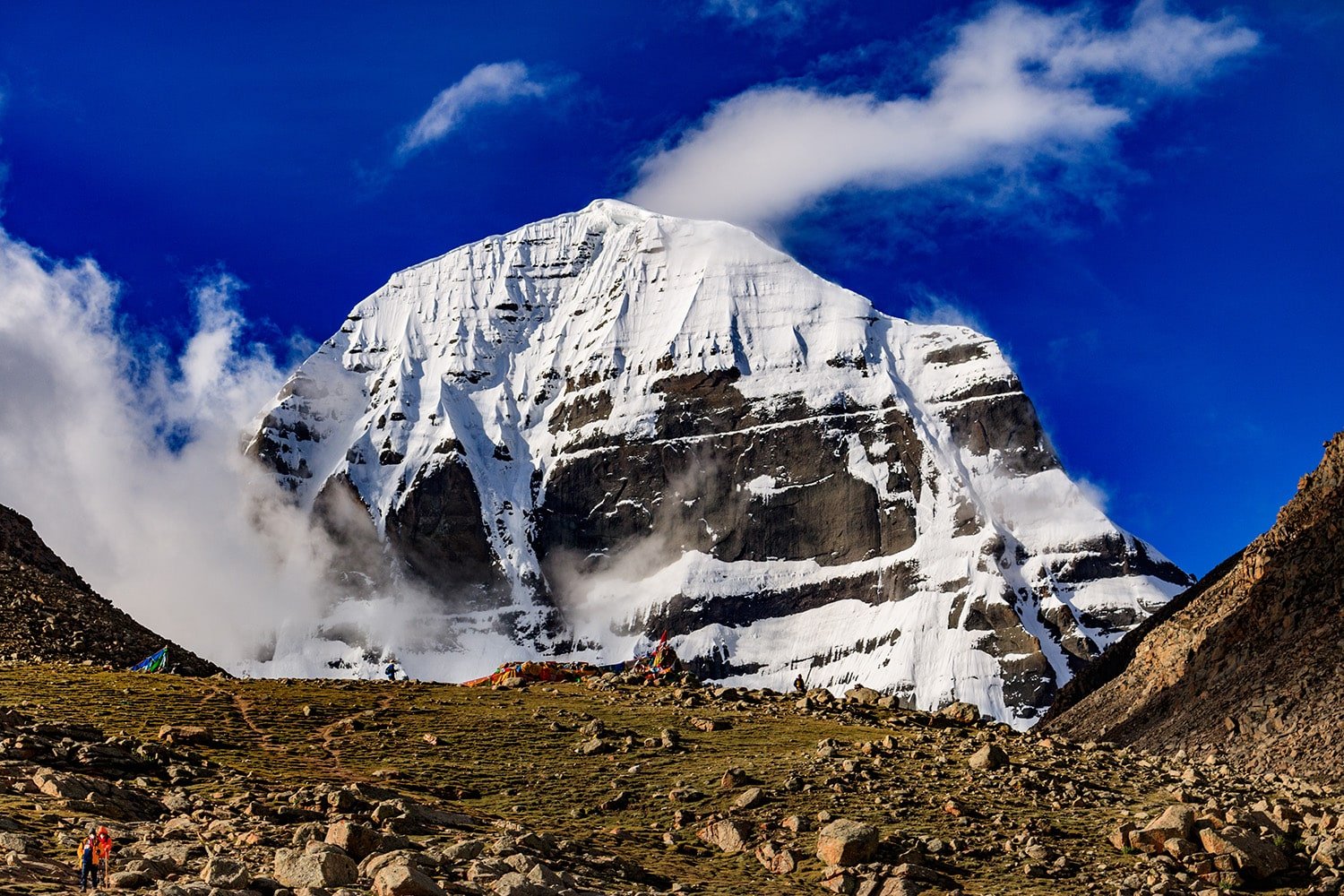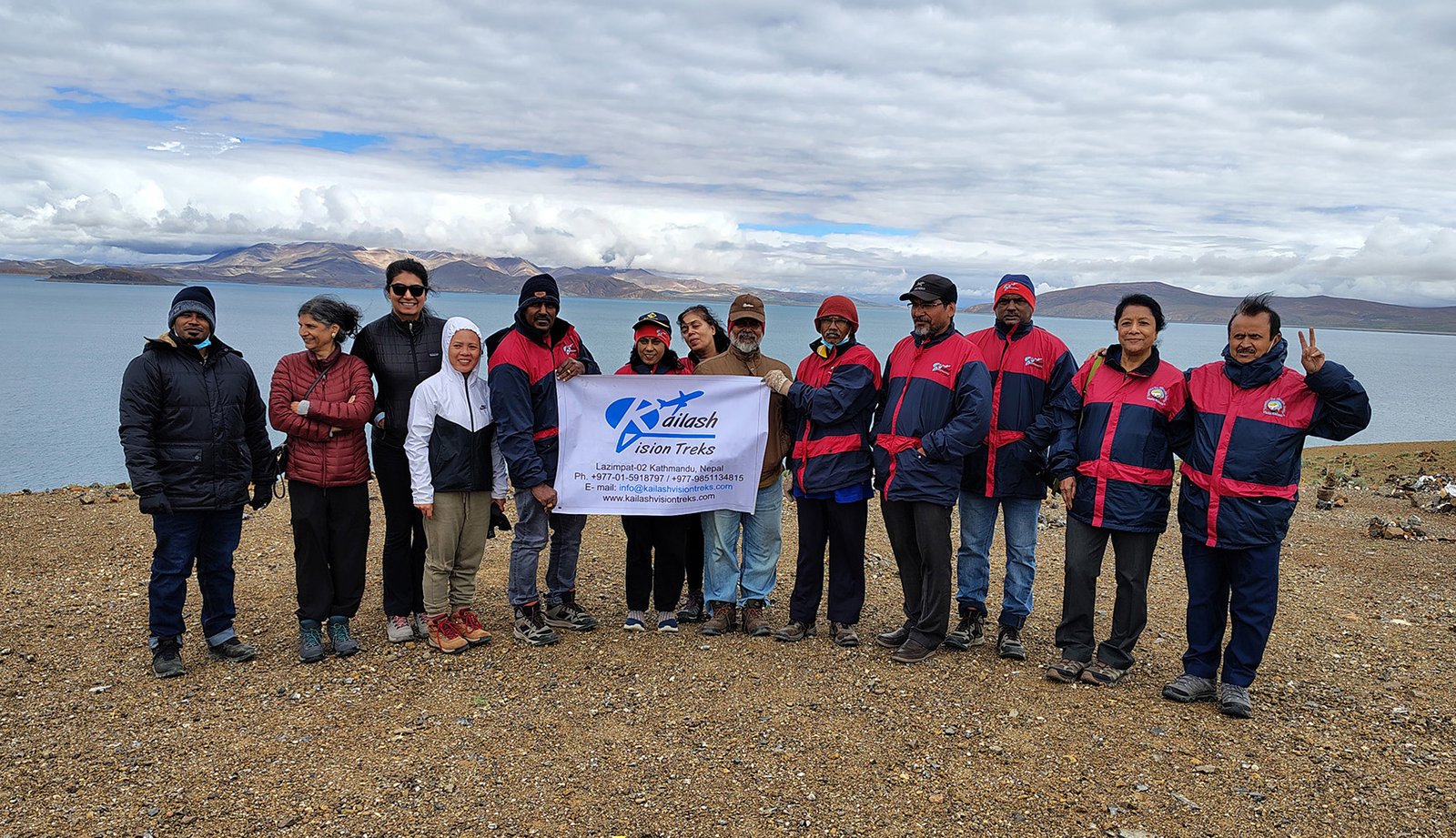About Pashupatinath Temple
Pashupatinath Temple is one of the most sacred Hindu temples in the world, dedicated to Lord Shiva. Located on the banks of the Bagmati River in Kathmandu, the capital city of Nepal, this ancient shrine is a UNESCO World Heritage Site and an important pilgrimage destination for millions of devotees, especially during the Maha Shivaratri festival.
Just 3 km east of Kathmandu Durbar Square and near Tribhuvan International Airport (TIA), the temple draws not only pilgrims from India and Nepal, but also spiritual seekers and curious travelers from around the globe.
History and Cultural Significance
Dating back to at least the 5th century, though believed to be older, Pashupatinath has been a vital spiritual center for Hindus worshipping Pashupati, an incarnation of Lord Shiva as the Lord of Animals. The current temple structure was rebuilt in the 17th century by King Bhupatindra Malla, following repeated destruction by termites and time.
Pashupatinath is not just a place of worship — it’s a living cultural and spiritual complex, including temples, ashrams, inscriptions, and cremation ghats. The Bagmati River, flowing beside the temple, is considered holy, and open-air cremations along its banks are an important aspect of the temple’s rituals and symbolism related to moksha (liberation from the cycle of rebirth).
Languages Spoken: Nepali, Sanskrit (in rituals), Hindi, and English (by guides and staff)
Customs: Shoes must be removed; non-Hindus cannot enter the main temple sanctum, but can view it from the opposite bank of the river.
Top Attractions & Landmarks
1. Main Pashupatinath Temple
The golden-roofed, pagoda-style temple is the centerpiece, with a sacred lingam of Lord Shiva enshrined inside. Only Hindus are allowed to enter the inner sanctum.
2. Bagmati River Cremation Ghats
Open cremation ceremonies take place daily, offering a deeply spiritual — and emotional — insight into Hindu beliefs about death and rebirth.
3. Guhyeshwari Temple
Located nearby, this temple is dedicated to Sati Devi, the consort of Lord Shiva. It’s a major Shakti Peetha and part of Nepal’s tantric tradition.
4. Sadhus and Ashrams
Holy men, or sadhus, are often seen meditating, blessing pilgrims, or posing for photos. The surrounding ashrams provide spiritual discourse and yogic retreats.
5. UNESCO World Heritage Status
Pashupatinath is part of the Kathmandu Valley UNESCO World Heritage Site, recognized for its religious significance and historical architecture.
Climate and Best Time to Visit
- Spring (Mar–May): Pleasant and ideal for temple visits and festivals like Shivaratri.
- Summer/Monsoon (Jun–Aug): Warm, but with heavy rains. The temple area can get slippery.
- Autumn (Sep–Nov): Clear skies, vibrant surroundings — best season for tourists.
- Winter (Dec–Feb): Cool, less crowded, peaceful for meditation and darshan.
Packing Tips: Modest clothing (shoulders and knees covered), light jacket for evenings, slip-on shoes (you’ll be removing them frequently), raincoat or umbrella during monsoon.
Local Cuisine & Signature Dishes
While the temple doesn’t allow food inside the main complex, the Kathmandu area offers many vegetarian and temple-friendly meals:
- Dal Bhat Tarkari: Staple Nepali dish of rice, lentils, and curried vegetables.
- Sel Roti: A sweet, rice-based doughnut often served during festivals.
- Lassi & Chiya (Nepali milk tea): Refreshing drinks widely available around the temple premises.
- Prasad Offerings: Fresh fruits, sweets, and dry coconut often given as temple offerings and shared.
Nearby eateries cater to both locals and tourists, offering vegetarian Nepali thali, Indian chaat, and light snacks.
Getting There & Transportation
Nearest Airport:
- Tribhuvan International Airport (TIA), Kathmandu – ~3 km from the temple.
Local Transport:
- Taxis and ride-share apps (Pathao, InDrive) are commonly used.
- Microbuses, Tempos, and rickshaws serve budget travelers.
- Walking from nearby areas like Gaushala or Boudhanath is scenic and practical.
Accessibility:
- Well-connected by road to Thamel, Durbar Marg, and Boudhanath Stupa.
- Easily accessible by road from major Nepali cities like Pokhara and Chitwan, as well as overland routes from India (via Sunauli or Raxaul border points).
Fun Facts and Unique Local Insights
- Maha Shivaratri is the biggest event here, attracting over one million pilgrims in one night.
- The temple priests (Bhatta) come from South India (Karnataka), continuing an ancient tradition.
- Pashupatinath is one of the Char Dham of Nepal, and part of the 12 Jyotirlingas in the Hindu tradition.
- Cremation rituals along the Bagmati are considered one of the few that help the soul attain moksha.
- The area is also a hub for Ayurveda, Yoga, and spiritual workshops, especially for international visitors.
